
Kermadec Petrel and chick on Phillip Island, photograph from the Norfolk Island National Park
"Veteran conservation biologists" Nicholas Carlile and Terry O'Dwyer are featured in a 28-minute video by writer, photographer and videographer Stuart Cohen (Bottlebrush Media) on the Kermadec Petrels Pterodroma neglecta that breed on Australia’s Phillip Island, next to Norfolk Island in the south-west Pacific.
"Pterodroma - in search of the Kermadec Petrel"
The video’s description follows:
“This film is not just about a vulnerable seabird but rather an intimate portrait of two Australian scientists and friends, working together in the field, who share a passion for seabird conservation and a desire to unlock the secrets of a cryptic bird about which little is known. One thousand kilometres off the East Coast of Australia lies a small uninhabited island that is home to 100,000 seabirds, one species of which is at risk and the focus of an intense search.
Nicholas Carlile and Dr Terry O'Dwyer are veteran conservation biologists absolutely devoted to the pursuit of knowledge about seabirds so that they can be conserved and protected. On the remote 190-hectare (490 acres) Phillip Island, which lies just off the larger and better-known Norfolk Island, Nicholas and Terry have been carrying out regular surveys in search of the beautiful Kermadec Petrel. No one knows where Kermadec Petrels go when they leave the island but the pair have found a way of tracking these birds with state of the art technology that will allow them to reveal the bird's, until now, secret travels across the globe.
Together they endure many challenges and the weather to find information about the Kermadec Petrel so that the species can be better protected in the future.”
Read more about Phillip Island's Kermadec Petrels here.
John Cooper, ACAP News Correspondent, 20 October 2022

 English
English  Français
Français  Español
Español 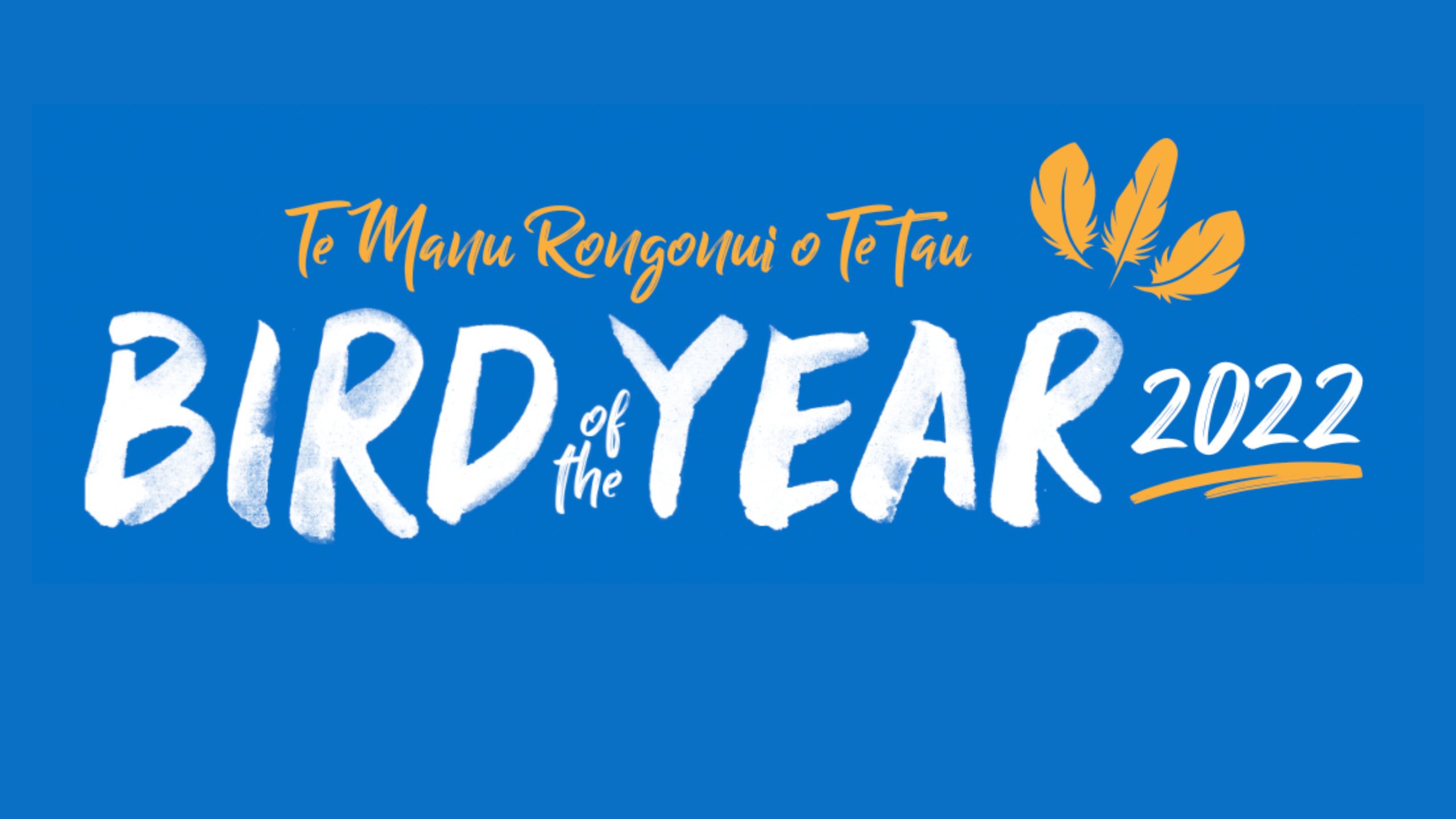
 The ACAP-listed Antipodean Albatross ; photograph by Dan Burgin
The ACAP-listed Antipodean Albatross ; photograph by Dan Burgin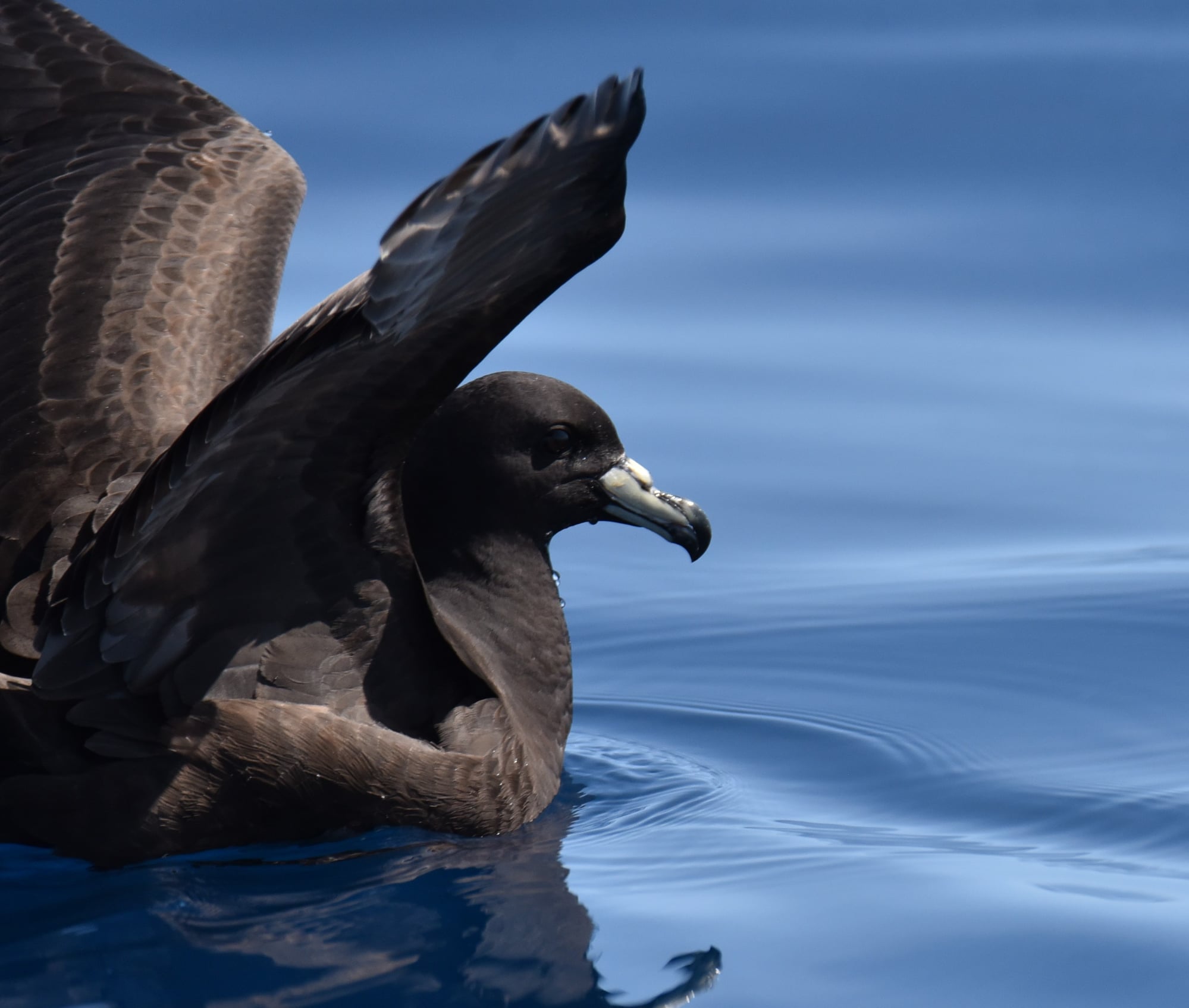 Also up for New Zealand's Bird of the Year award, the Black Petrel; photgraph by Virgina Nicol
Also up for New Zealand's Bird of the Year award, the Black Petrel; photgraph by Virgina Nicol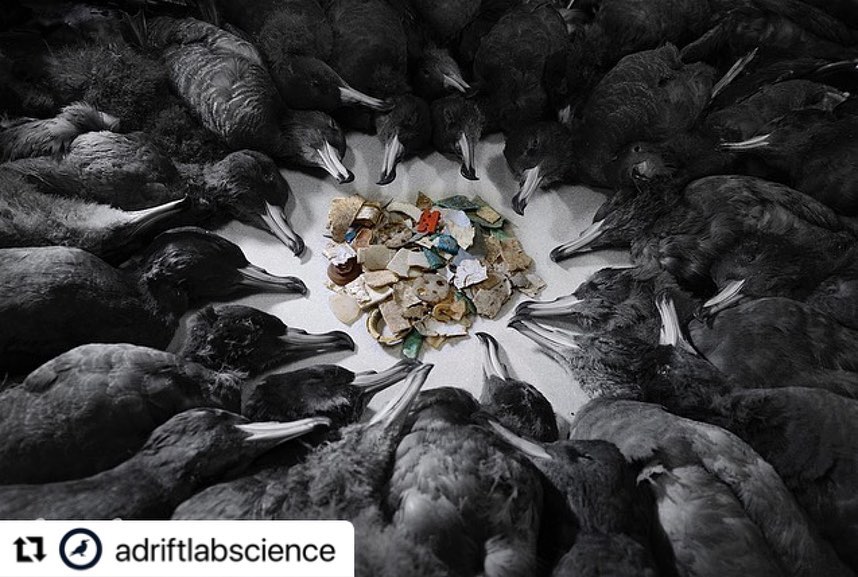

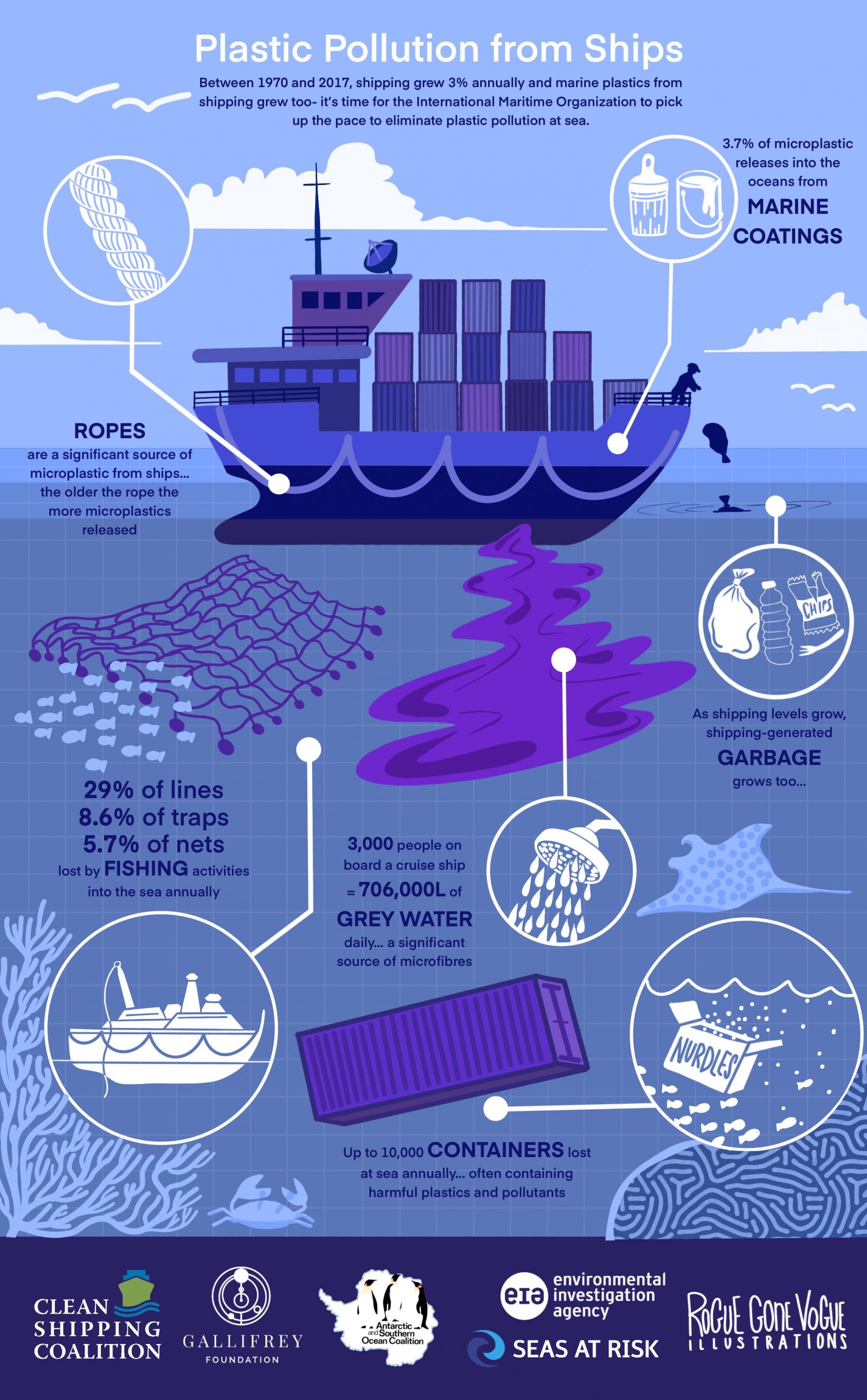 The Antarctic and Southern Ocean Coalition's newly released Plastic Pollution from Ships infographic
The Antarctic and Southern Ocean Coalition's newly released Plastic Pollution from Ships infographic 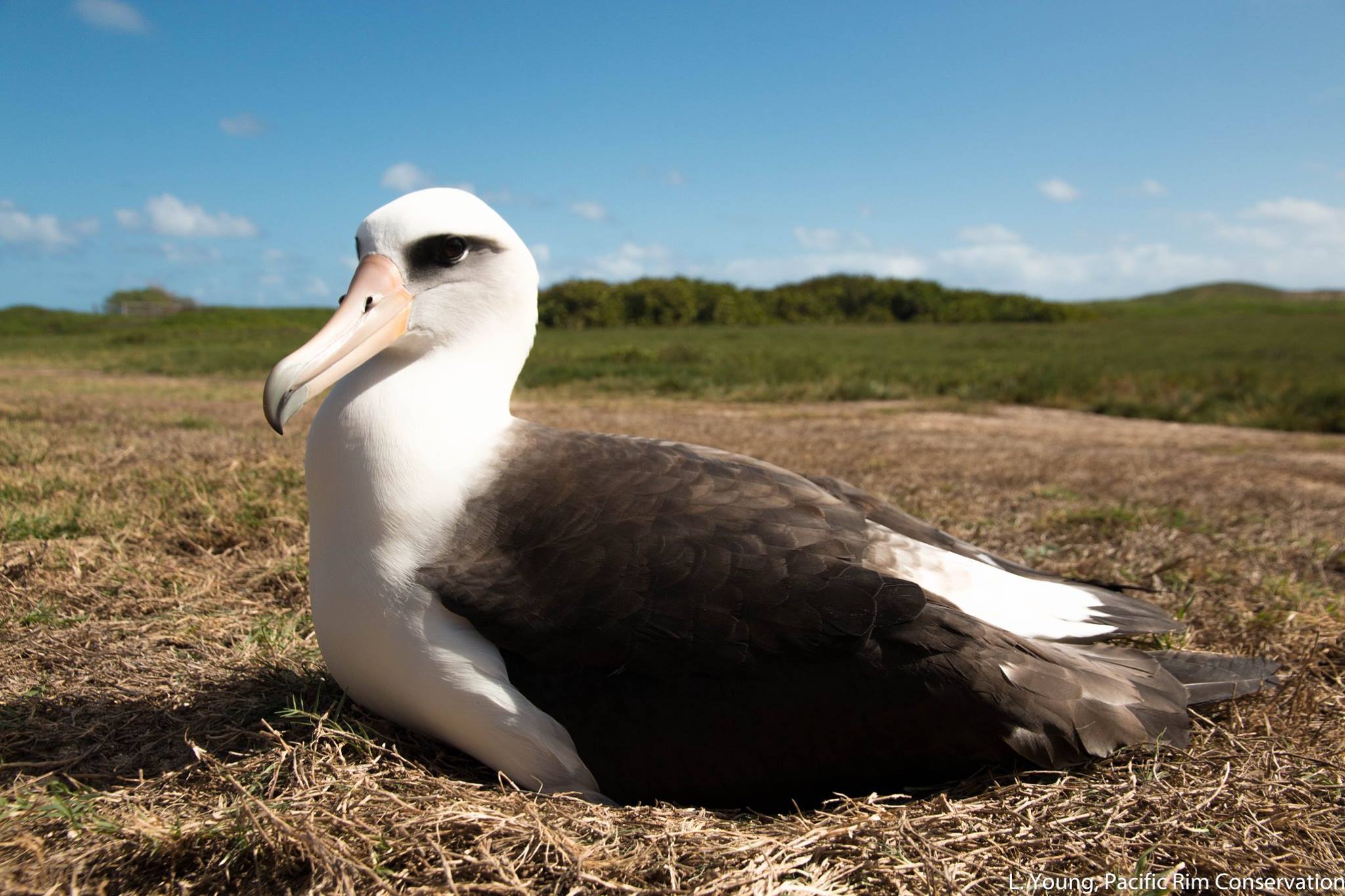 A Laysan Albatross incubating its egg; photograph by Lindsay Young
A Laysan Albatross incubating its egg; photograph by Lindsay Young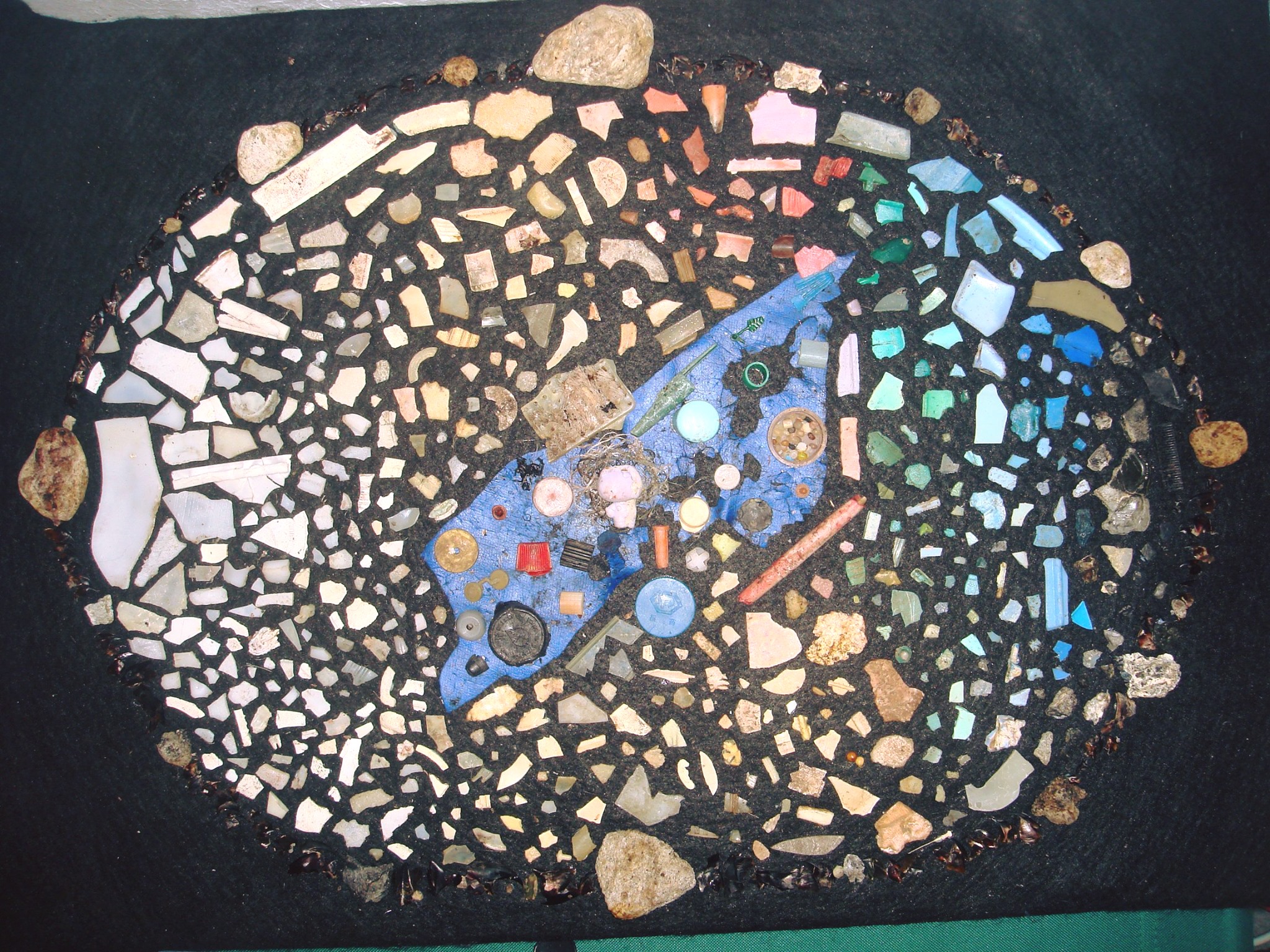
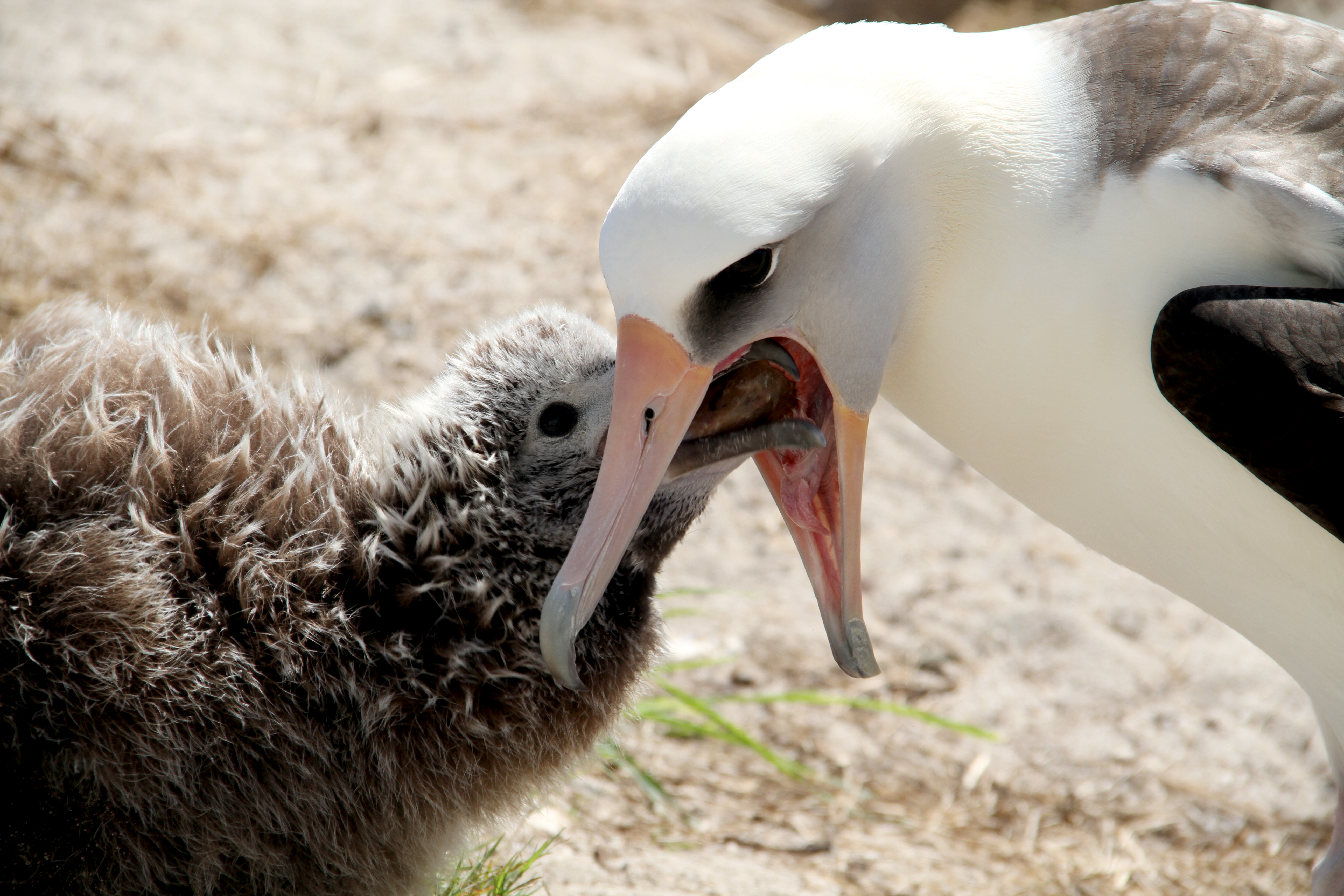 A Laysan Albatross feeds its chick; photograph by Pete Leary
A Laysan Albatross feeds its chick; photograph by Pete Leary